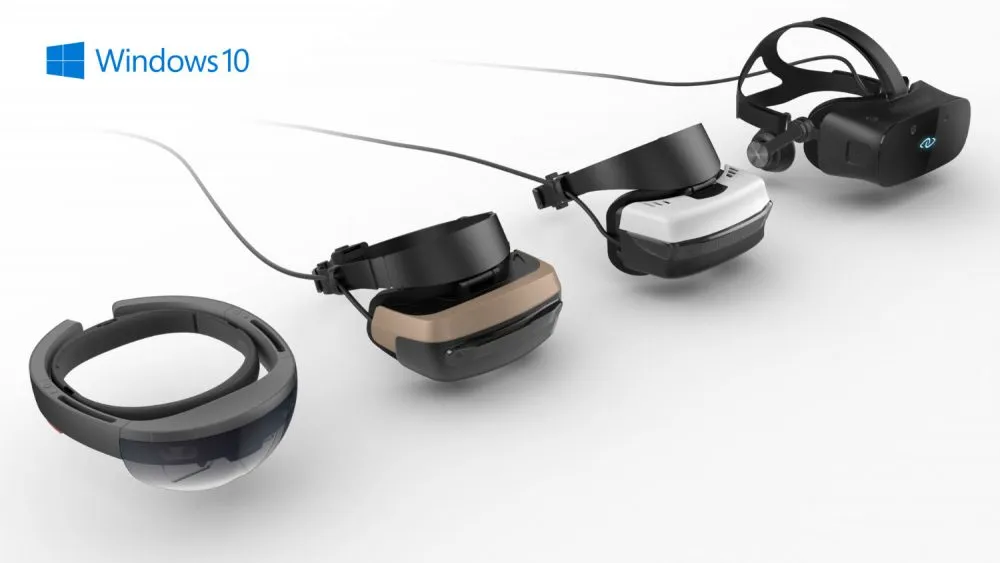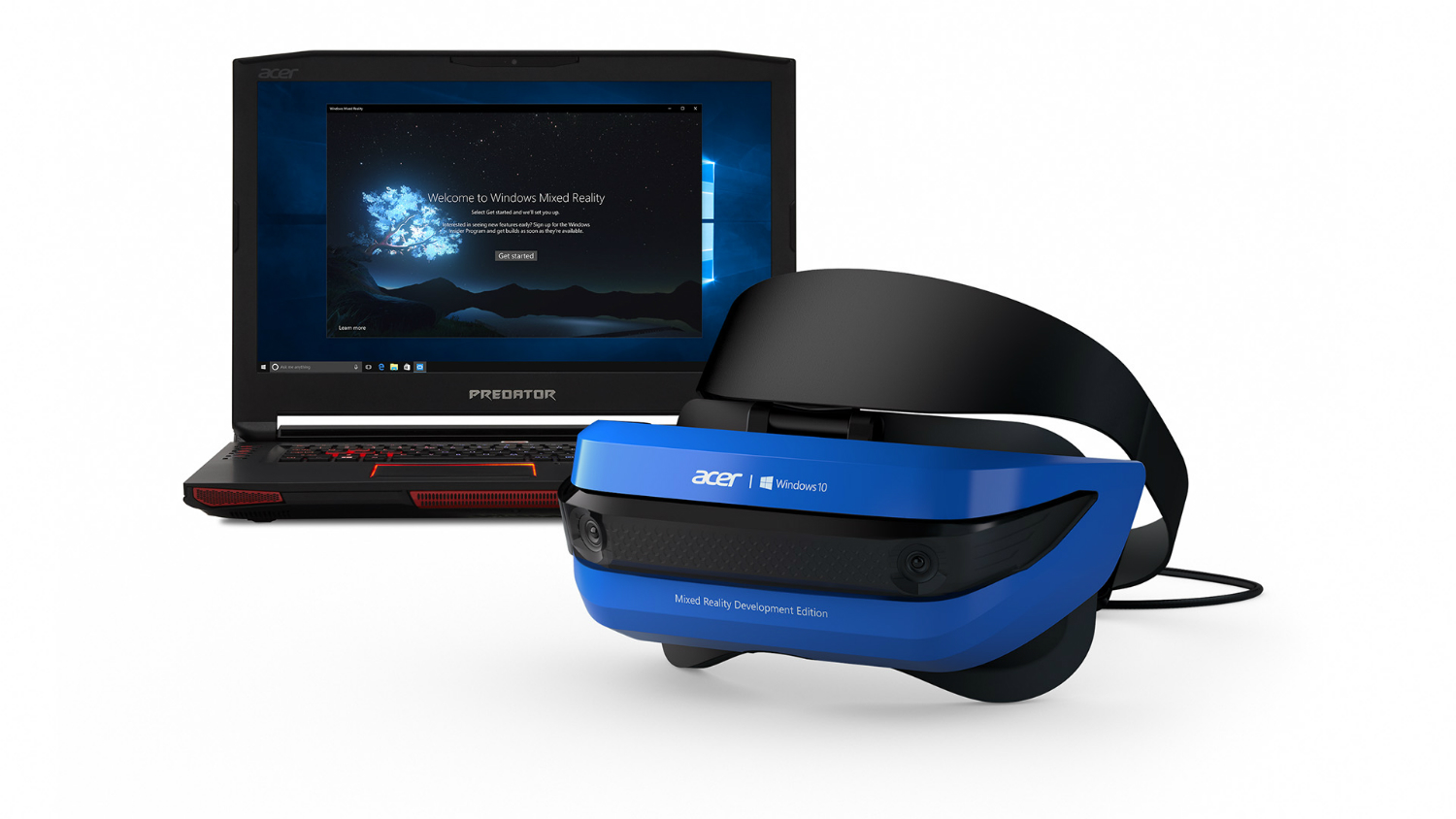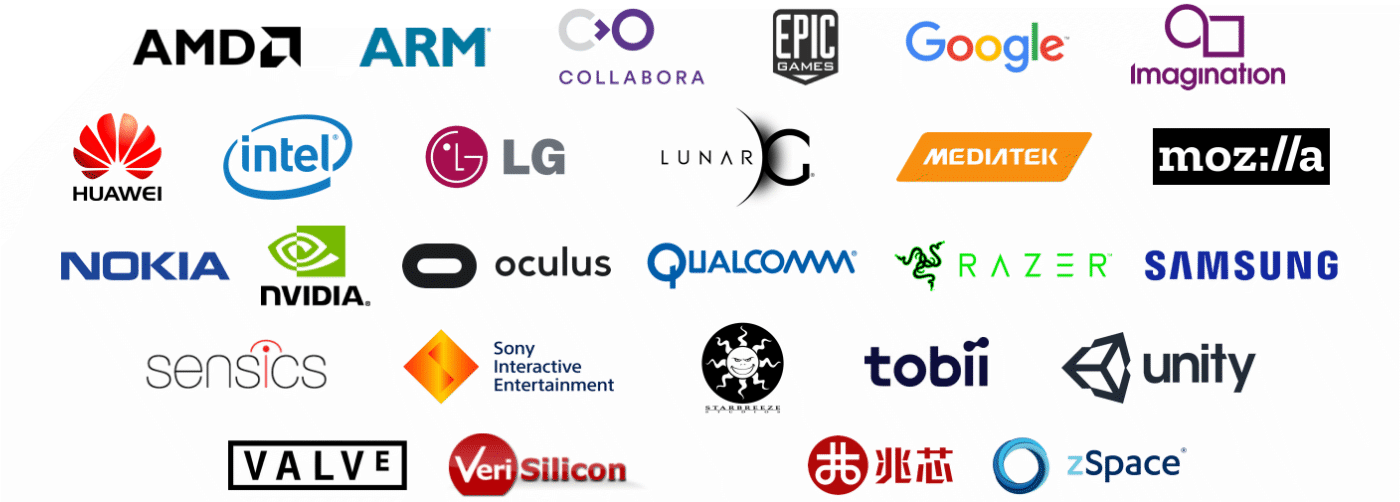During GDC 2017, Khronos Group unveiled OpenXR as the name for their VR/AR API standard that’s currently being developed. We reported on the announcement and broke down a bit of why this standard was something for the VR industry and community to get excited about, but we also got the chance to speak with Khronos Group president Neil Trevett to get some questions answered.
OpenXR’s First Task
OpenXR’s immediate task is combating the fragmentation of the VR industry, something that can continue to get out of hand in the industry’s youth as many different developers and manufacturers create in incredibly different ways. Now that the name is out in the wild, the next step is to work with current working group members over the next 12-18 months on the specifications of the standard. The approach is to create an API standard where devs make their app and that app will be able to work on different VR SDKs with minimal changes as opposed to having to create detailed, custom code for each device.
“Less cost, less porting, and a larger available market is the bottom line for developers,” Trevett says. The Khronos Group is hoping to be able to ship the API around GDC of next year.
If it is not evident by the “XR” in the title, this standard isn’t going to be limited to VR experiences though that is the immediate focus.
“The fragmentation issue is most urgent to solve in the VR community over the next 12 months or so,” Trevett explains when asked about the consideration of augmented reality solutions.
He says he “absolutely believes” augmented reality will be addressed, but the major push for it will likely come in the 2nd wave after the API starts to ship out.
“We’re going to take care that we don’t paint ourselves into any VR-only corners,” he said. “We want things to be applicable as far as possible to different mixed reality devices in the future.”
Will Microsoft Join The Effort?
The standard Khronos is working toward has sparked excitement across the tech industry, to the point that those involved have specifically asked to have their logos added to OpenXR’s partner image. The current collection of partners is dominated by those more involved in VR, including names like Sony, Oculus, Google, and more. When asked if there were any specific entities missing that Khronos Group would welcome, Trevett immediately mentioned one of the biggest faces of AR: Microsoft. He noted the company’s input now would be around the emerging Windows Mixed Reality platform, which we recently did a hands-on with, but they’d obviously be able to bring AR expertise to that 2nd round of the API’s development as well.
While this initiative’s purpose is to simplify things across the mixed reality industry, one would wonder if having so many entities involved in the development of a single standard could get noisy despite the obvious benefits down the line. Trevett details a democratic decision-making process that includes voting mechanisms to resolve disagreements when they occur, but he says that’s a rare occurrence.
“The weird thing is we actually don’t need the formal voting mechanisms very often,” he says. “The working groups tend to, quite successfully, work to unanimous consensus. It’s actually quite normal for a whole specification to be created and no formal voting is needed. The whole process is surprisingly non-political.”




























